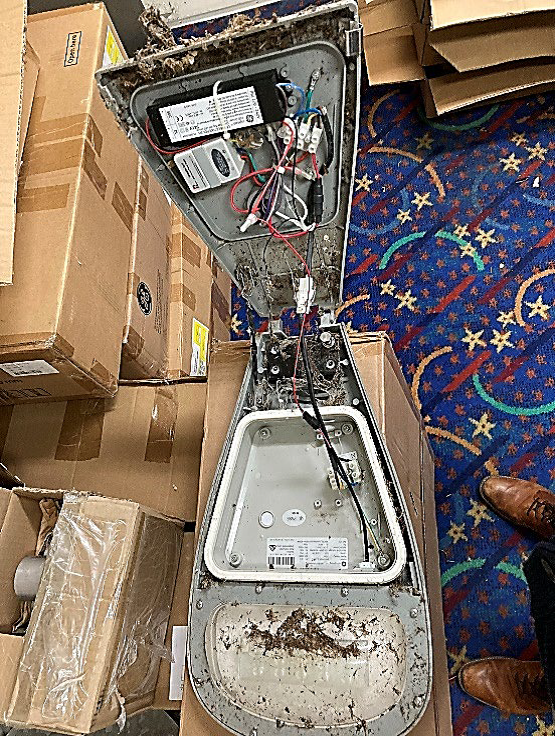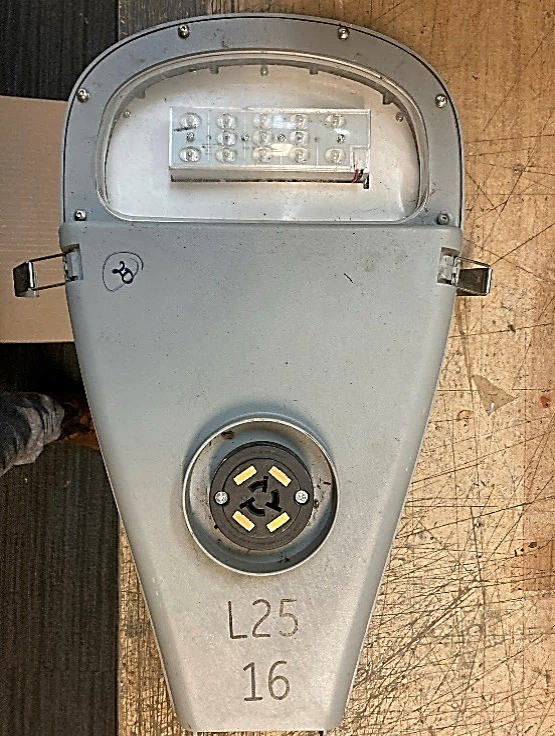By Ian Killick, GM – Connected Light Solutions
The use of LED for street lighting is now the norm, driven by the benefits LED light sources provide, and either via legislation or simple market forces, the alternatives to LED are quickly ceasing to be available.
But a technology driven by sustainability motivations is potentially creating an end-of-life outcome worse than the prior technologies. Historically, a street light was expected to last beyond 20 years. Users understood that every few years, they would need to change the light source and, whilst doing so, clean the luminaire. Replacing the electronic ignitors was also an accepted part of maintenance in the case of high pressure sodium (HPS) or metal halide (MH).
In the early stages of LED usage for street lighting luminaires, the ability to maintain easily in the field was considered an important part of the design because there were concerns about the early failure and reduction of light from LED and the rapidly evolving improvements in LED efficiencies. This included the ease of changing the electronic components, such as drivers and surge protection devices, and the use of uniform sizes and structures (Zhaga) of LED modules that could be replaced.

Unfortunately, the success of LEDs has created some negative behaviours, reducing the sustainability of LED street lights. With over 10 years of experience, the reliability of the LEDs has been impressive, but the electronics in the driver, whilst getting better, are still a potential early failure. The practice, which has developed like so many other modern electronic appliances, is to simply remove and replace upon failure rather than repair.
Sadly, the past was not always a great outcome because the safe disposal or recycling of lamps, whilst available, was too rarely applied. This created the need for Minamata convention, which focused on the mercury content of traditional light source and systematically banned these light sources, adding further motivation/need to switch to LED light sources.
However, the sustainability focus of LED as a light source is currently only forecast on their use, not end of life. They are both being deemed dead too early. In our experience a across several clients when we test faulty returns it is common that about 50% are working when tested, but unfortunately usually damaged in the return process. Most of the other 50% could be fixed by replacing the electronic driver.
Then, little consideration has been given to the recycling of the LED circuit boards, which can contain a variety of elements, including arsenic, gallium, indium, cerium, europium, gadolinium and yttrium.
The Beacon Lighting Group have started trialling a recycling initiative for lamps, which includes LED lamps used in residential applications. Very little is available for streetlights beyond recycling the aluminium bodies.














